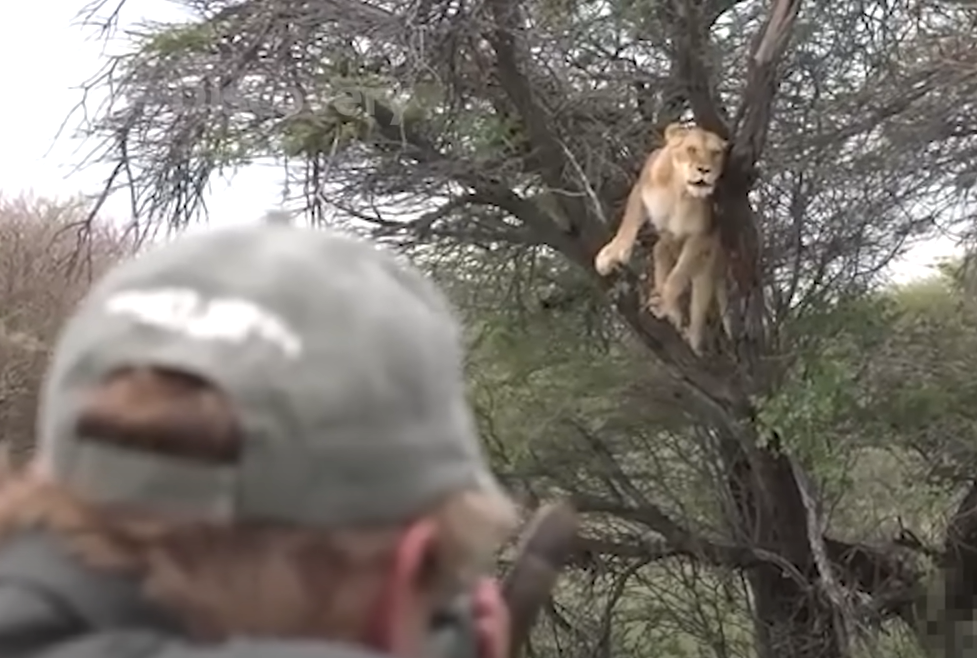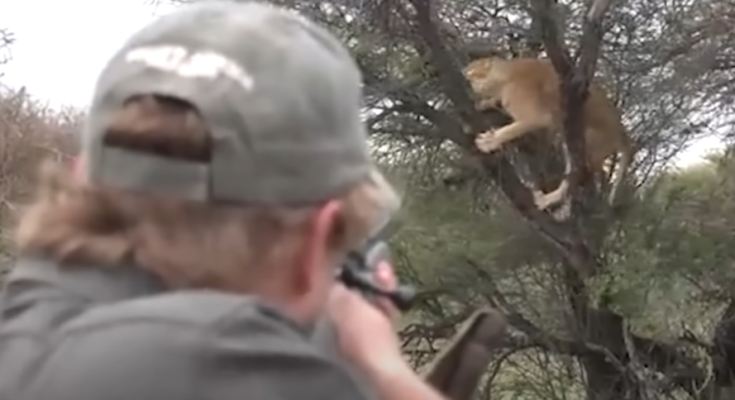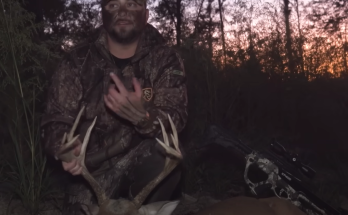Farmers and hunters in regions where large predators roam face a constant battle to protect their livestock and crops from attacks. Leopards, lions, and baboons pose serious threats to farms, sometimes causing devastating losses. To counter these challenges, farmers employ a mix of traditional and modern strategies, often working alongside hunters and conservationists to find sustainable solutions.
The Threat to Farms
Predatory animals like leopards and lions target livestock, particularly cattle, goats, and sheep. A single lion can take down multiple animals in one night, and leopards are stealthy hunters that can wipe out entire herds over time. Baboons, on the other hand, may not be as physically dangerous, but they wreak havoc on crops, raid storage areas, and even attack young livestock. These attacks cause financial loss and force farmers to be on constant alert.
Protective Measures
To prevent wildlife attacks, farmers use various deterrent techniques. Building reinforced enclosures for livestock, using guard animals such as dogs and donkeys, and installing motion-sensitive lighting around farm areas are common methods. In some regions, Maasai communities use thorny acacia fences and large fires to ward off big cats at night.
Technology has also played a significant role in reducing conflicts. Some farmers use GPS collars on predators to track their movements and avoid conflict zones. Others employ non-lethal deterrents such as loud noises, flashing lights, or even chili-based fences to discourage baboons and other raiders.
The Role of Hunters
Hunters play an essential role in managing predator populations, especially when individual animals become repeat offenders. In many cases, professional hunters are called in to remove problem animals that continuously attack livestock. Ethical hunting practices ensure that only dangerous or rogue animals are targeted, while conservation laws protect stable predator populations.
Conservation and Coexistence

Despite the dangers, many farmers and conservationists seek ways to coexist with wildlife rather than eliminate them entirely. Programs that compensate farmers for livestock losses and educate communities on sustainable predator management help reduce human-wildlife conflicts. Some farmers even turn to eco-tourism, benefiting financially from the presence of big cats on their land rather than seeing them solely as a threat.
Final Thoughts
Leopards, lions, and baboons will always be a challenge for farmers, but through smart management, deterrents, and conservation efforts, humans and wildlife can find a way to share the land. The key lies in balancing protection with respect for nature, ensuring that both farmers and predators can continue to thrive.




